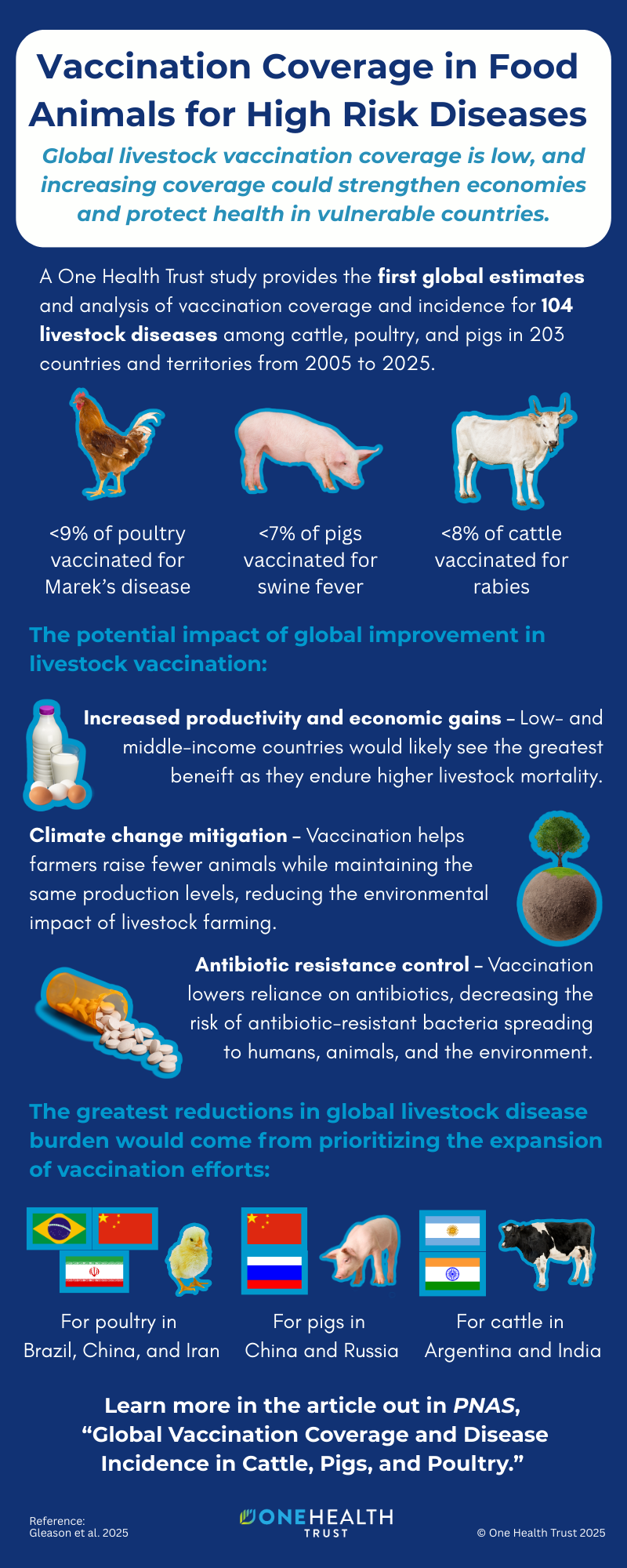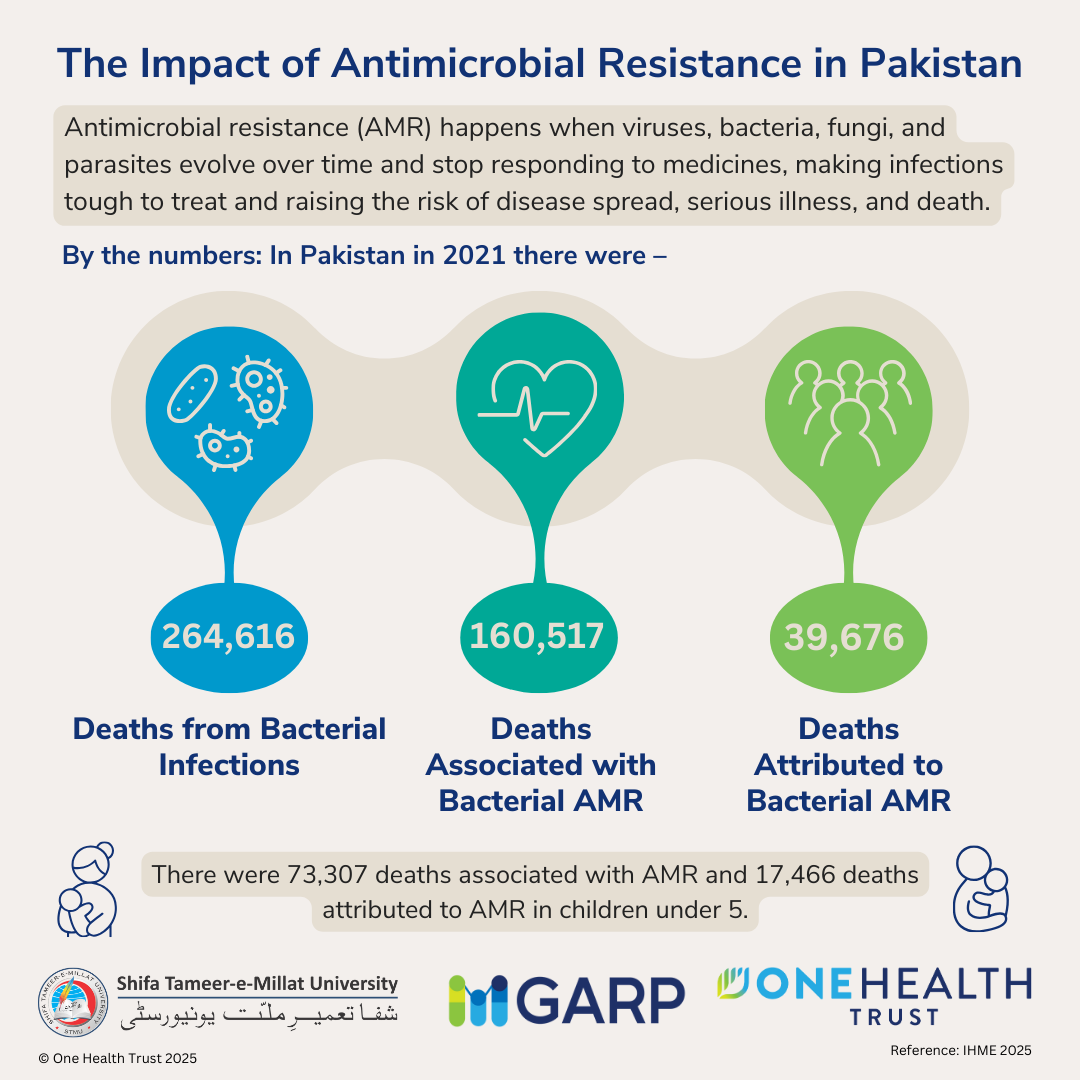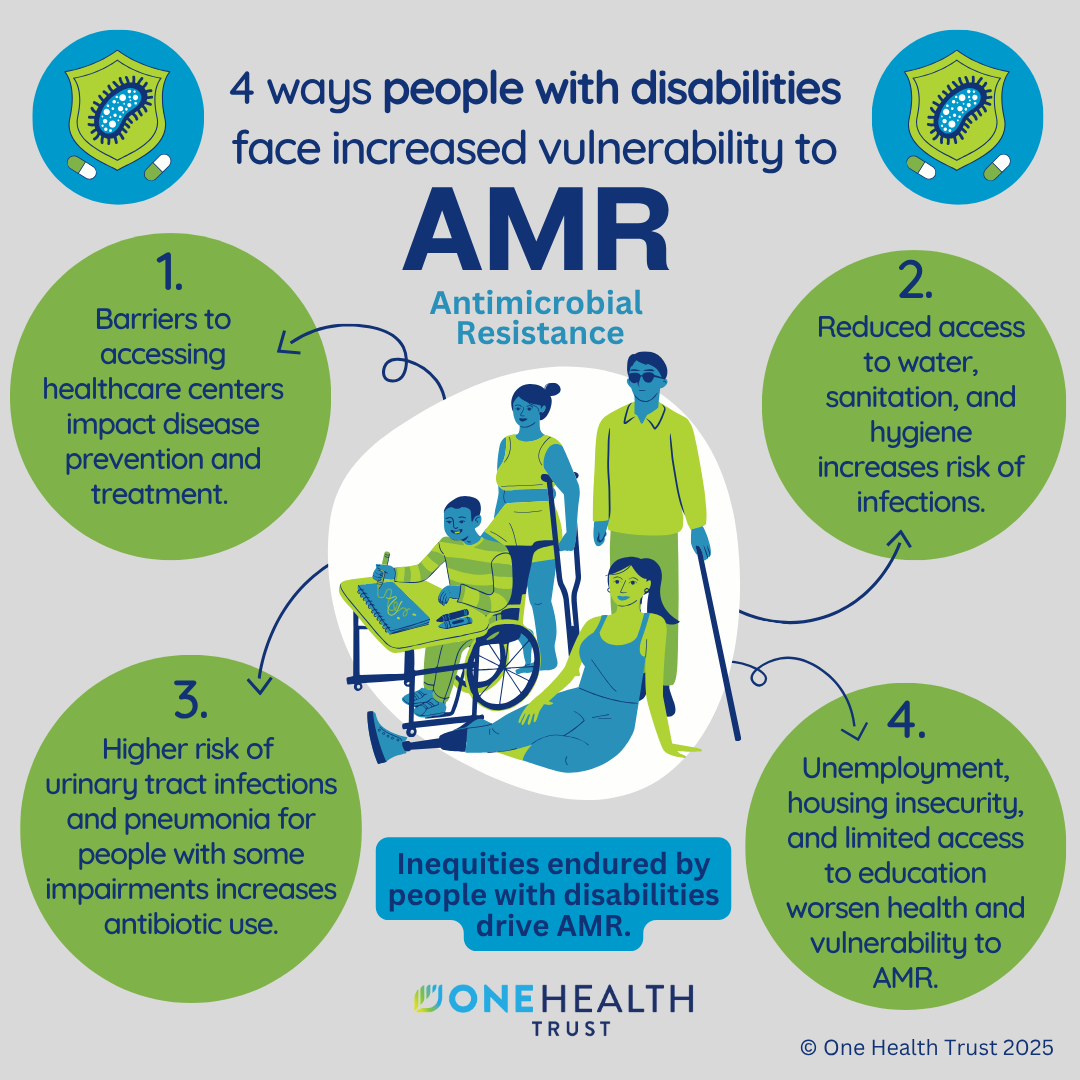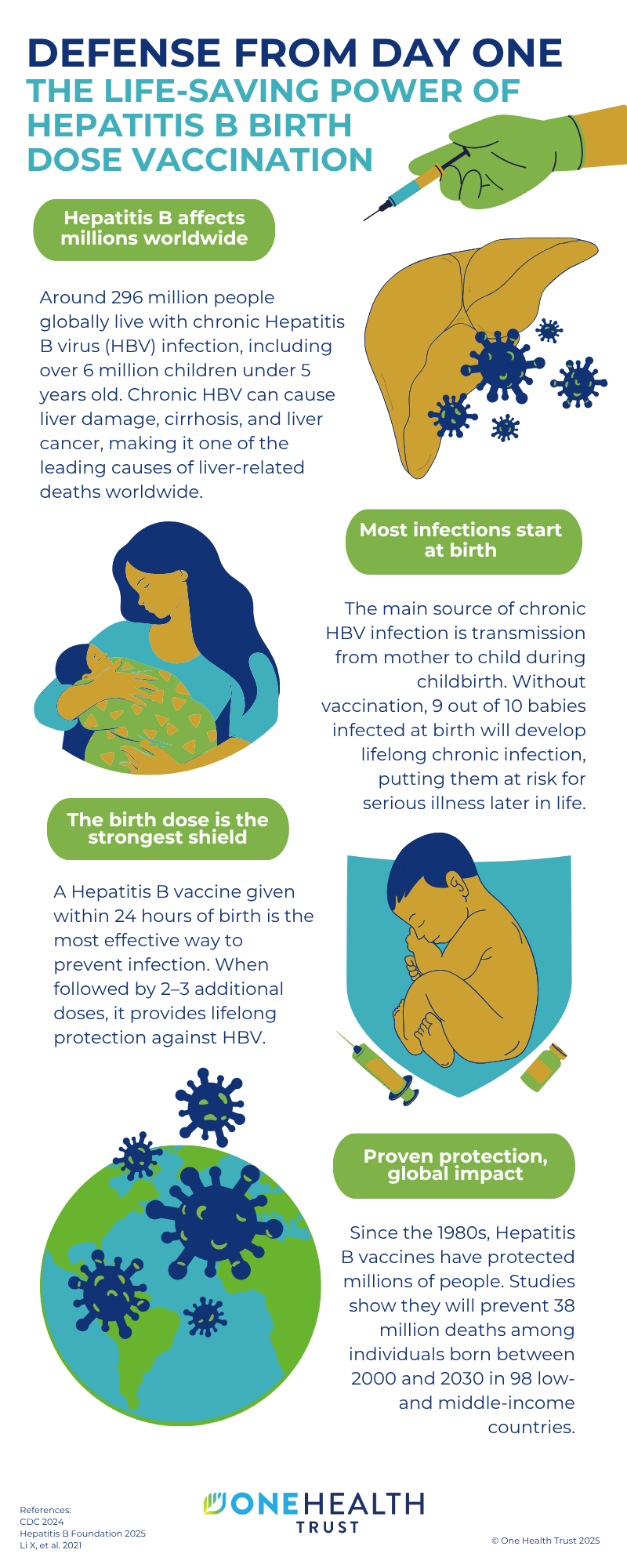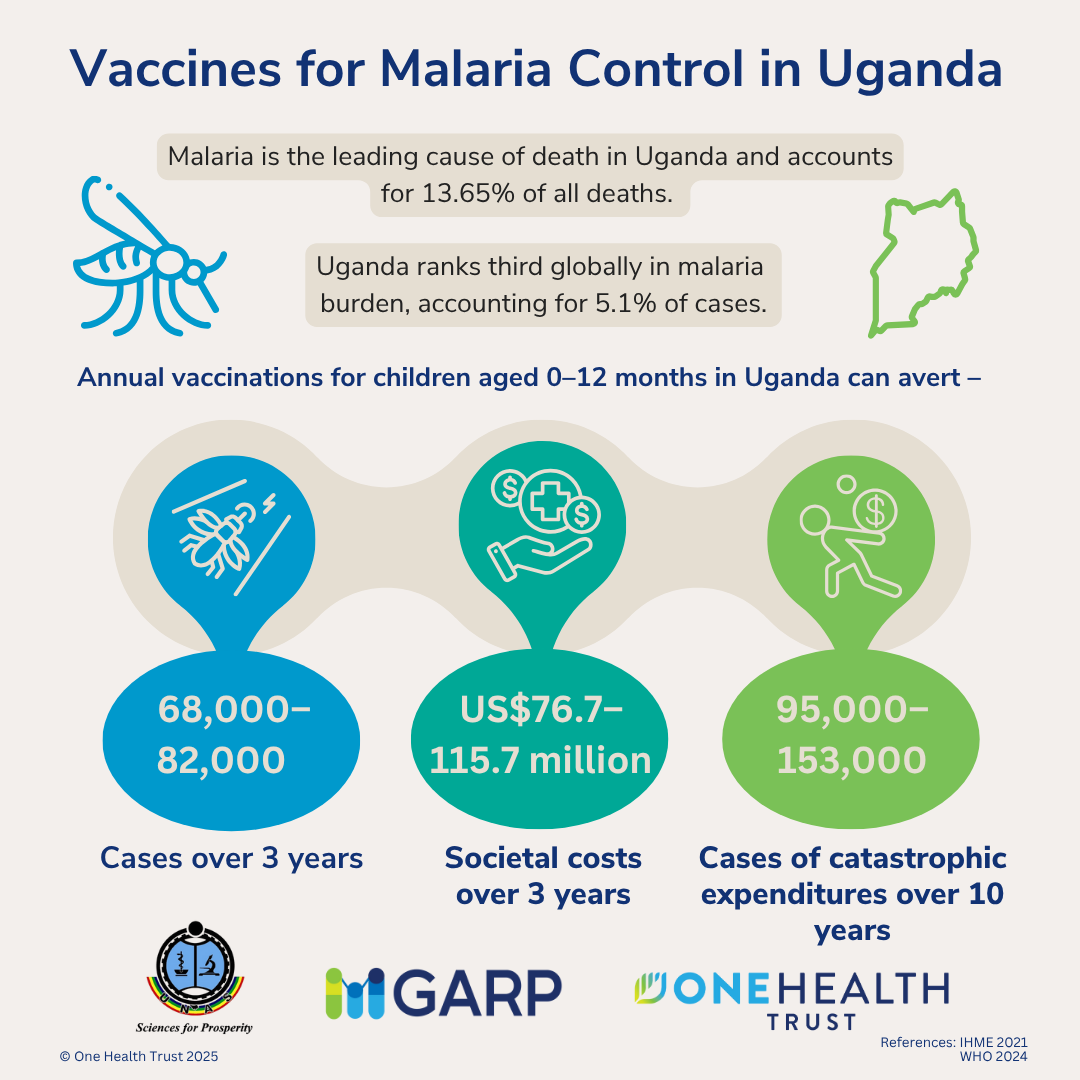
September 01, 2024
Antimicrobial Resistance (AMR) is an urgent problem but sustainable solutions exist
Targets, accountability frameworks, political will, and funding are needed to control AMR Globally.
- AMR kills more people than HIV/AIDS, malaria, and tuberculosis combined, but funding for innovation to address AMR is more than 15 times lower;
- innovation should focus on accessible solutions in low- and middle-income countries, where AMR burden is highest.
750,000 AMR deaths could be prevented each year in low- and middle-income countries with existing interventions:
- 337,000 aligning infection prevention and control standards in healthcare settings in low- and middle-income countries with those of high-income countries;
- 247,800 universal access to water, sanitation, and hygiene services;
- 181,500 universal coverage of high-priority pediatric vaccines.
The 2024 Lancet Series on AMR proposes achievable global targets to ensure sustainable access to effective antibiotics.
By 2030, relative to 2019, aim for
- 10 percent reduction in AMR mortality;
- 20 percent reduction in inappropriate human antibiotic use;
- 30 percent reduction in inappropriate animal antibiotic use.
Reducing global AMR-associated deaths by 10% by 2030 is achievable.
We must:
- Fund and facilitate antibiotic, vaccine, and diagnostic research & development;
- guarantee antibiotic access for everyone when they need it;
- ensure better diagnostic access and use;
- promote the careful use of antibiotics;
- leverage vaccines for AMR control;
- improve water, sanitation, and hygiene infrastructure and access.

